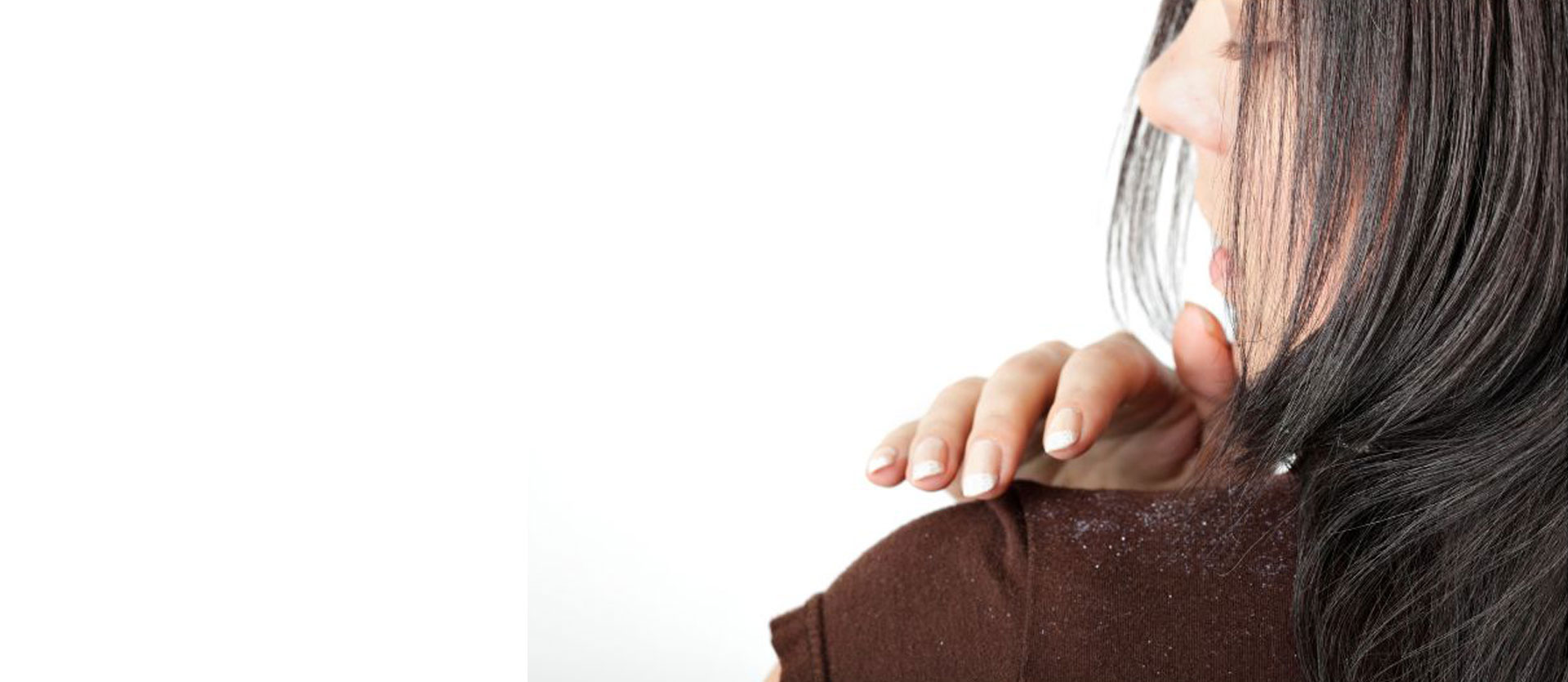Those unpleasant white flakes on the collar of your dark shirt or blouse are dandruff. Dandruff is a sign that the skin of the scalp is peeling off (exfoliating). It is perfectly normal for the skin to exfoliate. The problem arises when the amount of dandruff becomes an eyesore. There are basically two reasons for this. Too much production or not effective removal. In the too much production category are inflammatory diseases of the scalp. In the ineffective removal category is inadequate scalp hygienic efforts.

